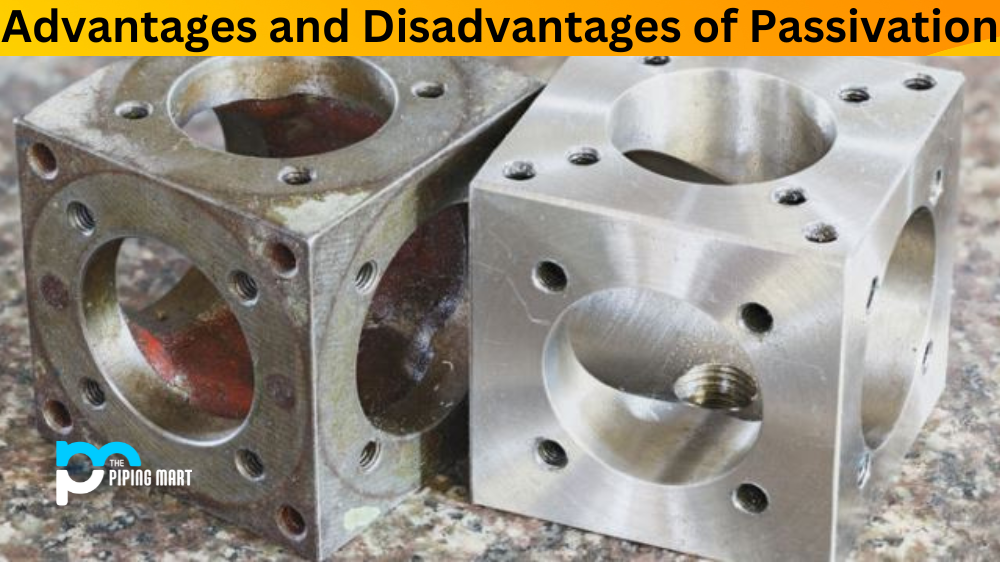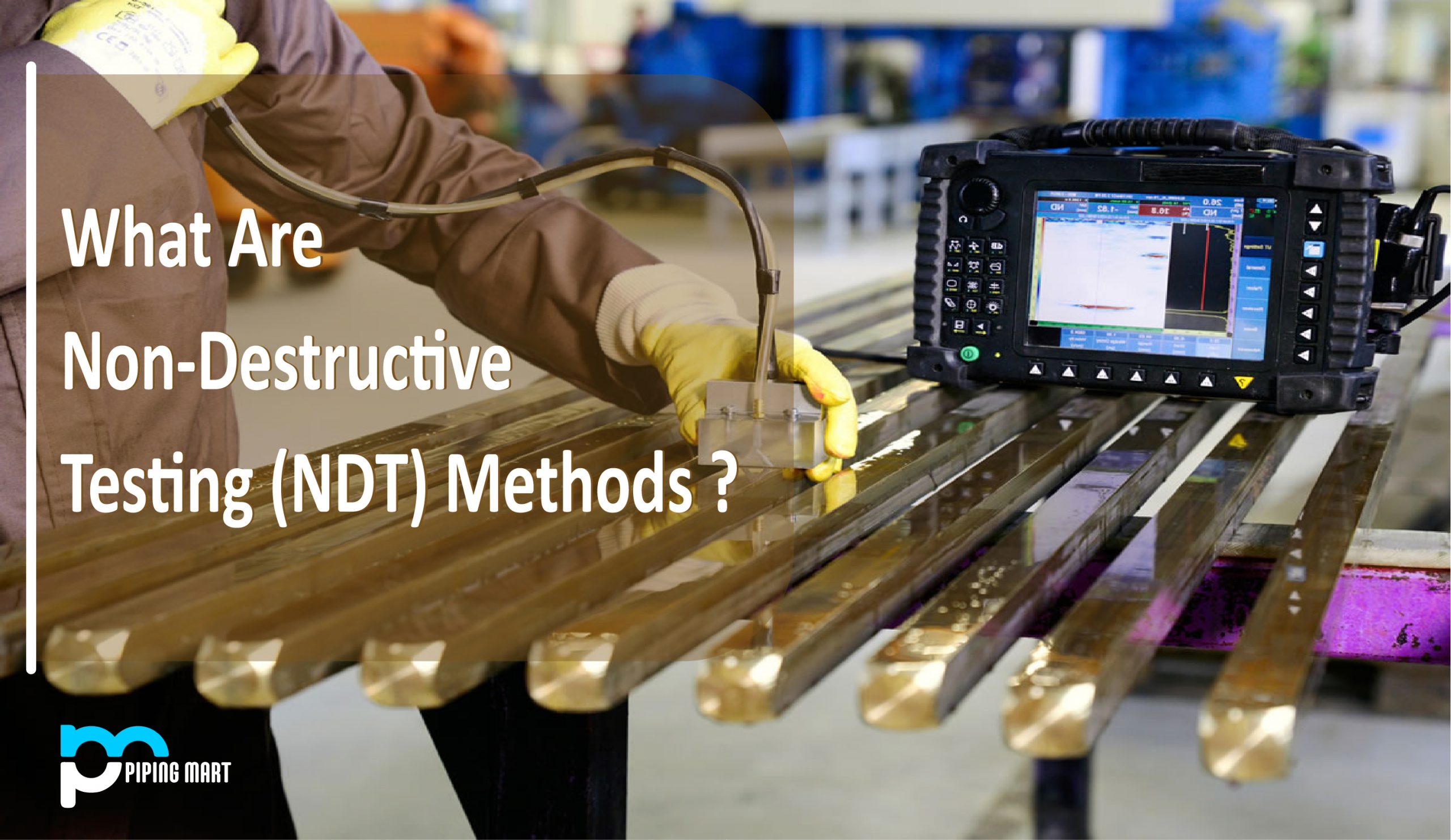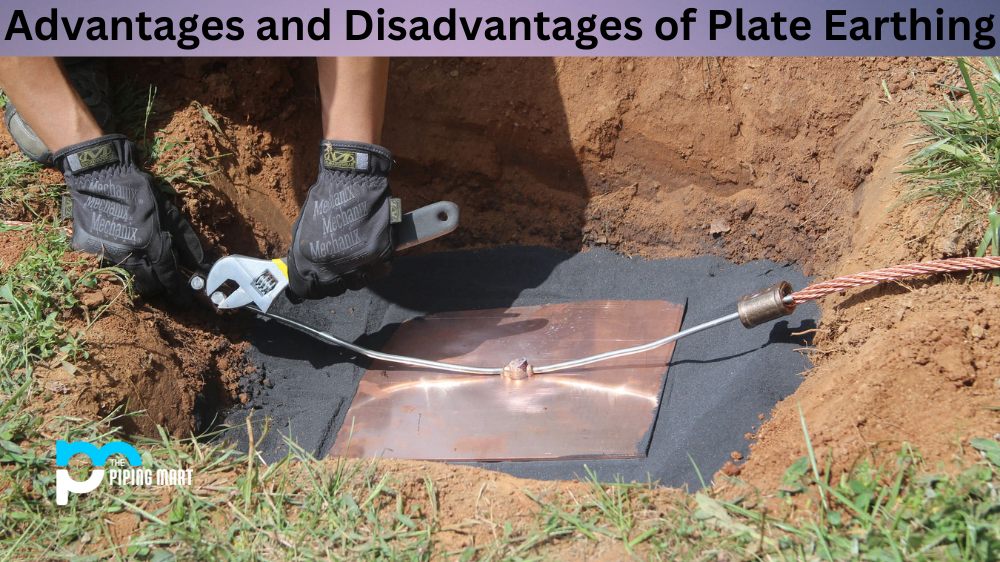Passivation is a widely used process for creating a layer of protection on metal components that prevents corrosion. It is commonly used in the aerospace, medical, and semiconductors industries. Passivation is a cost-effective method for protecting metal from the elements, but like every other process, it has advantages and disadvantages. In this blog post, we’ll explore the pros and cons of passivation and help you determine if it’s right for your business.
Advantages of Passivation
Corrosion Resistance
The most important benefit of passivation is that it protects metals from corrosion. Stainless steel is one of the most commonly used metals in the industry, and passivation can provide an additional layer of protection that extends its lifespan significantly.
Cost-Effective
Passivation is a relatively simple process that requires little time and effort. This makes it very cost-effective, especially compared to other corrosion protection methods, such as coating or plating.
No Change in Appearance
Unlike coating or plating, passivation doesn’t alter the appearance of the metal. This makes it an excellent method for protecting visible metal components or requiring a certain aesthetic appeal.
Disadvantages of Passivation
Limited Protection Against Mechanical Damage
Passivation is ineffective for protecting against mechanical damage such as scratches or dents. If the metal is subjected to mechanical stress or deformation, the passivation layer may rupture, exposing the underlying metal to corrosion.
Limited Protection Against Environmental Elements
Passivation is effective against corrosion caused by humidity, moisture, and salts but does not protect against other environmental elements such as pollution or chemicals. In some cases, additional coatings or treatments may be required.
Limited Effectiveness Against Pitting
Passivation may not be enough to protect against the localized corrosion of metals. Pitting corrosion can occur when the passivation layer is damaged, or the metal is exposed to aggressive environments.
Conclusion
In conclusion, passivation is an excellent method for protecting metals from corrosion and enhancing corrosion resistance. It’s a cost-effective process that’s widely used in different industries. However, it could be a better solution as it has certain limitations, such as limited protection against mechanical damage, environmental elements, and pitting. The effectiveness of passivation depends on the type of metal, the environment, and the expected lifespan of the metal component. After evaluating these factors, you can determine if passivation is the right choice for your application.

Hey, I’m Krutik, a casual blogger expert in the metal industry. I am passionate about providing valuable information to my readers. With a background in engineering and construction, I like playing Cricket & watching Netflix shows in my free time. Thank you for visiting my blog, and I hope you find my information helpful!




